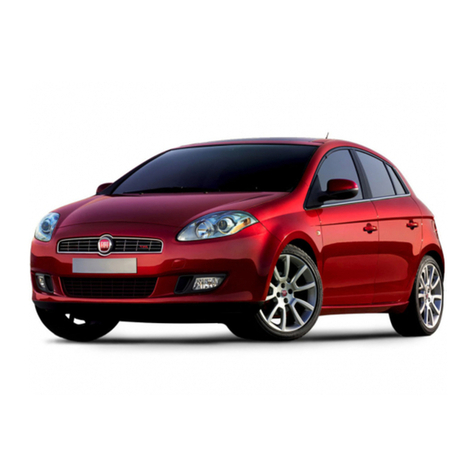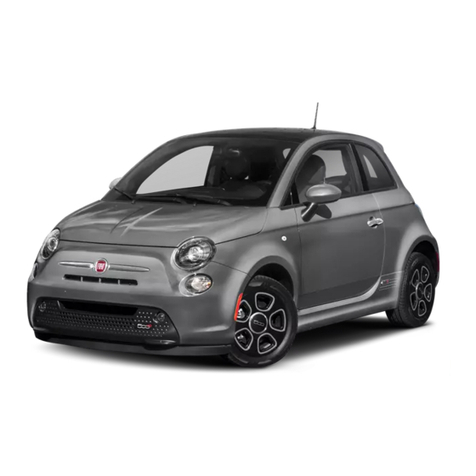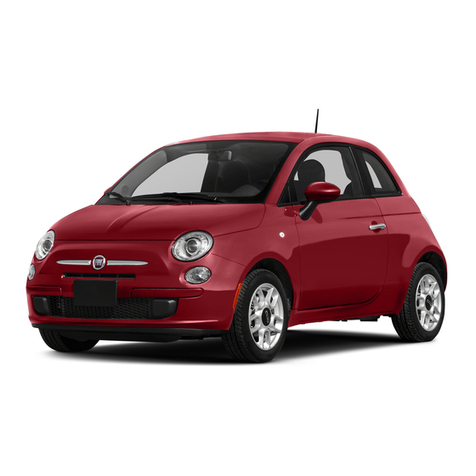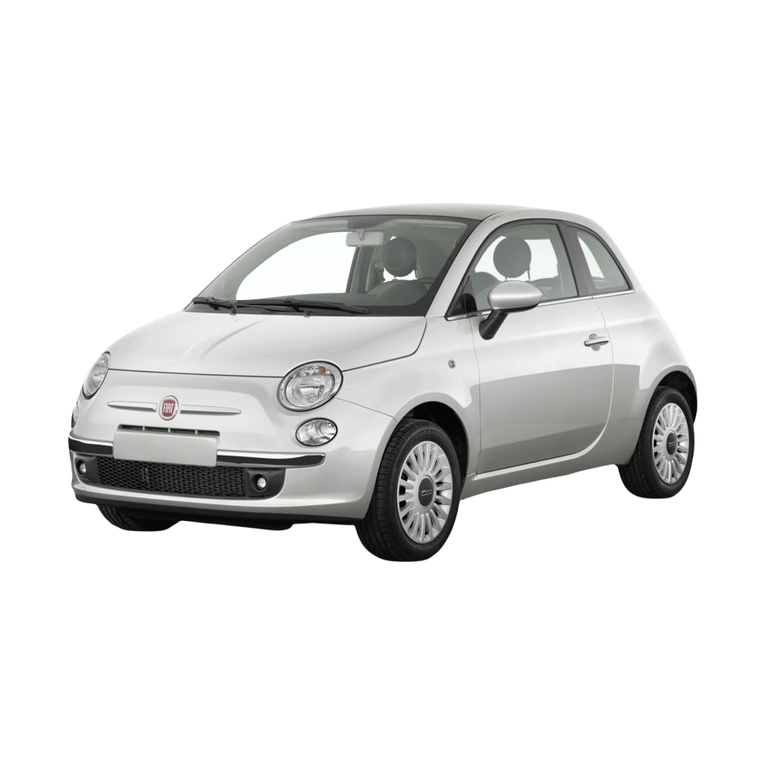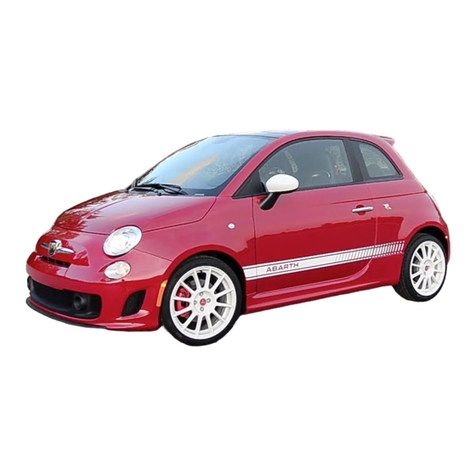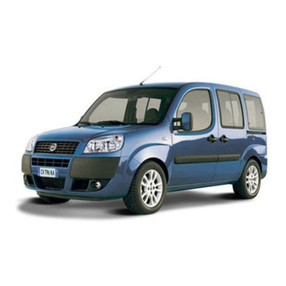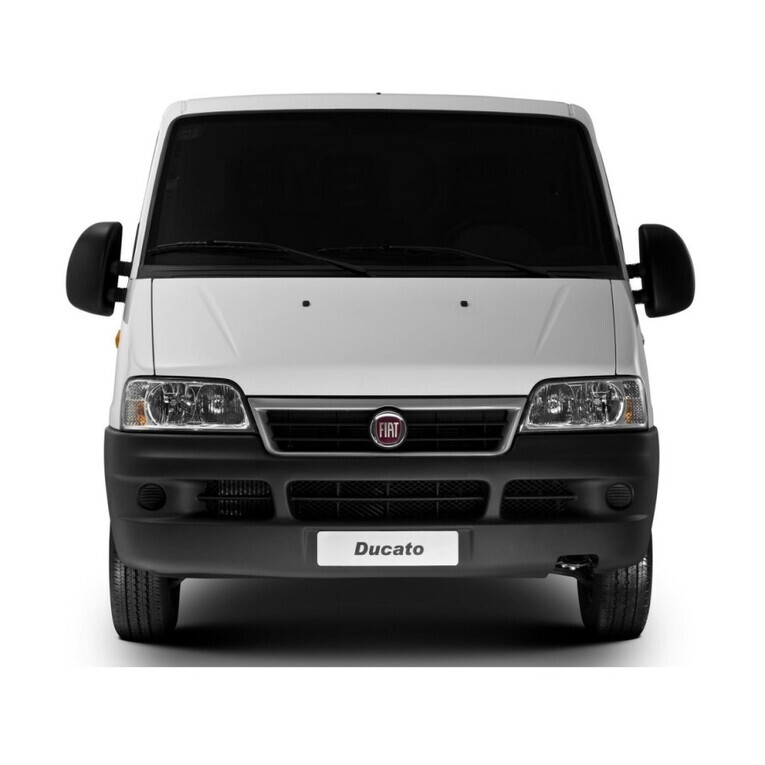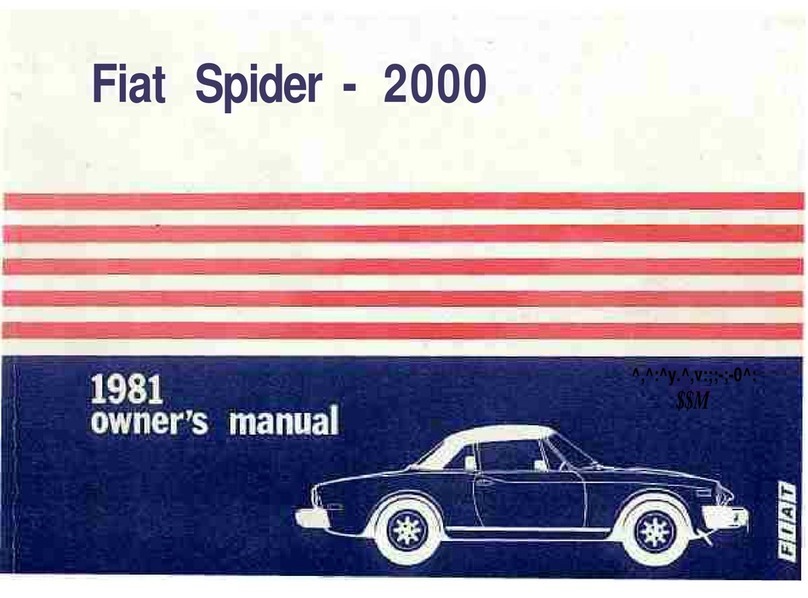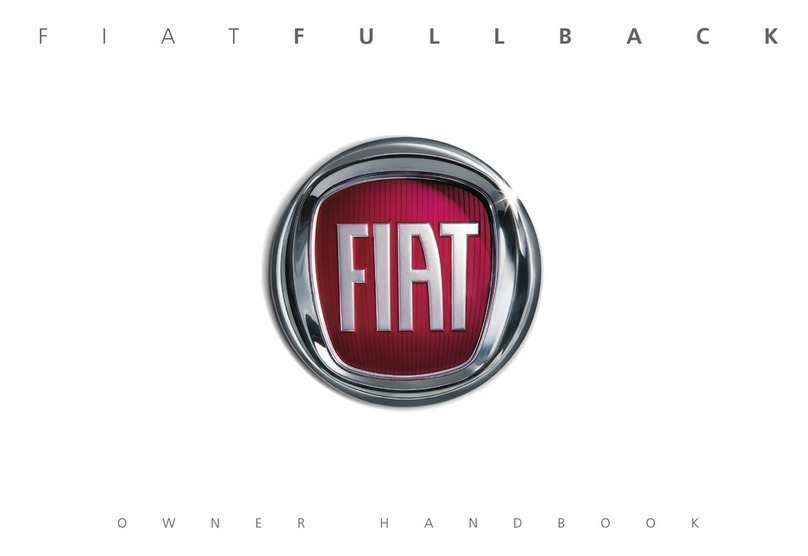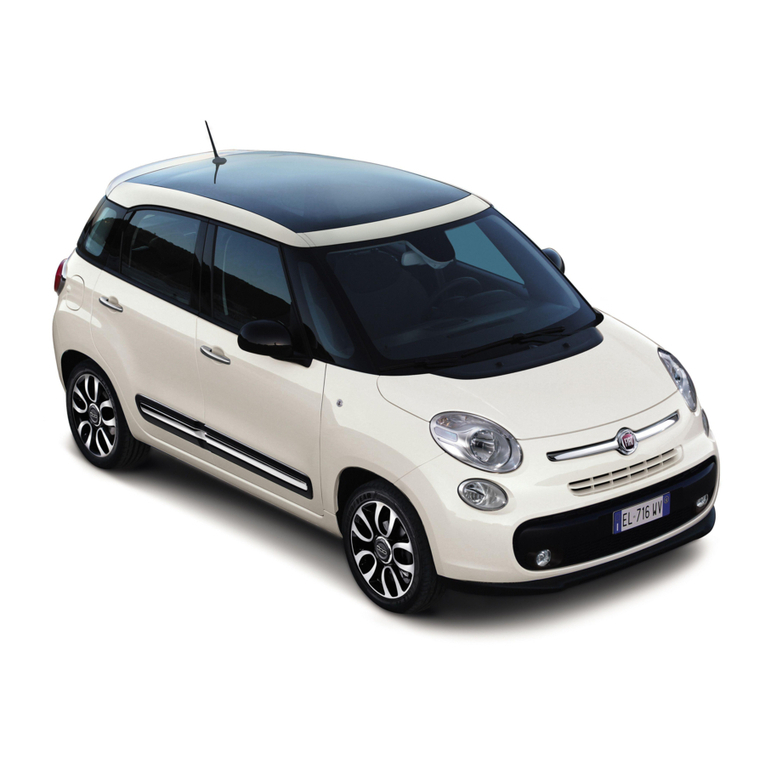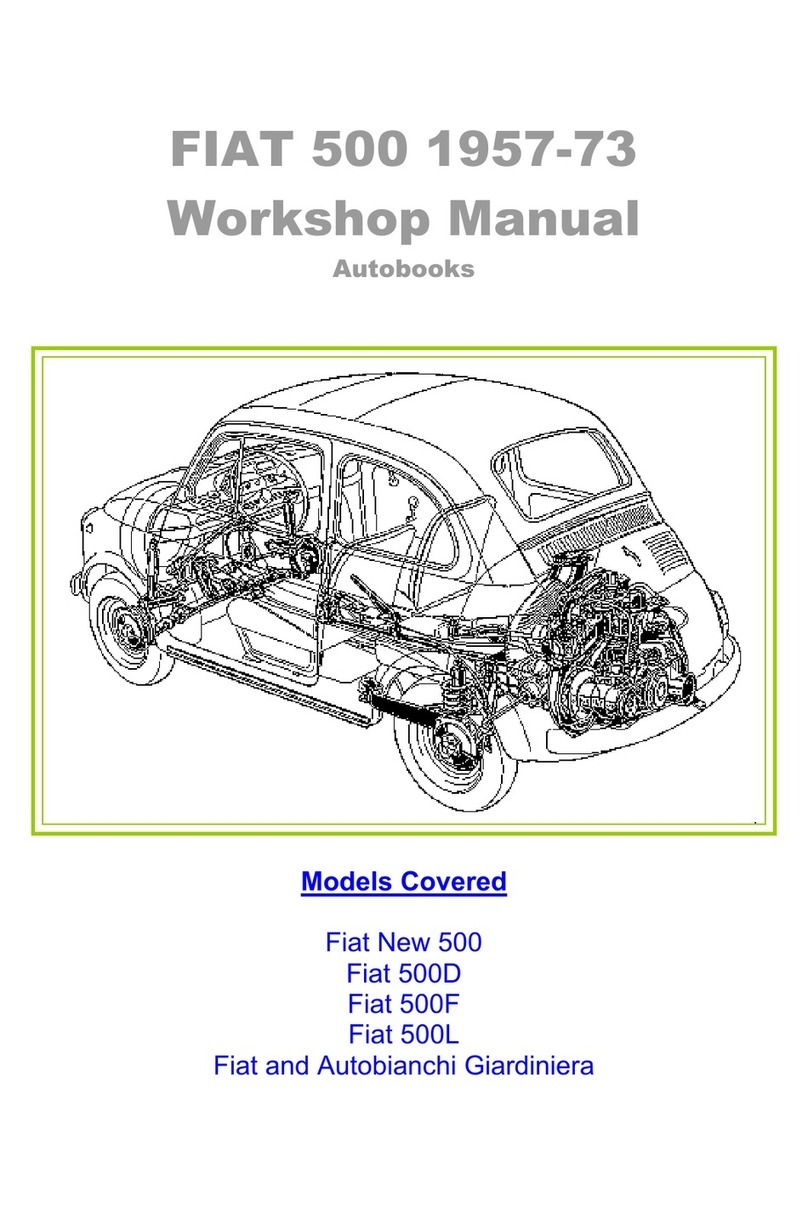
3
ITALIANOENGLISH
CONTENTS
VEHICLE INTERIOR..................5
MANUAL CLIMATE
CONTROL SYSTEM..................6
AUTOMATIC CLIMATE
CONTROL SYSTEM..................6
3.5” DISPLAY.............................6
7” DISPLAY................................7
WARNING LIGHTS AND
MESSAGES ...............................7
RED WARNING LIGHTS/
SYMBOLS......................................7
AMBER WARNING LIGHTS/
SYMBOLS......................................8
GREEN WARNING LIGHTS/
SYMBOLS....................................10
BLUE WARNING LIGHTS/
SYMBOLS....................................10
WHITE WARNING LIGHTS/
SYMBOLS....................................10
GREY WARNING LIGHTS/
SYMBOLS....................................11
THE KEYS................................11
IGNITION DEVICE...................11
VERSIONS WITH ELECTRONIC
KEY..............................................11
VERSIONS WITH MECHANICAL
KEY..............................................11
DIGITAL REAR-VIEW
MIRROR...................................12
ELECTRIC PARKING BRAKE
(EPB) ........................................12
AUTOMATIC
TRANSMISSION......................13
EXTERNAL LIGHTS ................13
AUTO FUNCTION (Dusk sensor)...14
DIPPED BEAM HEADLIGHTS.......14
DAYTIME RUNNING LIGHTS
(DRL) (“Daytime Running Lights”)..14
FRONT/REAR FOG LIGHTS .........14
PARKING LIGHTS ........................14
"FOLLOW ME HOME" DEVICE.....14
HIGH BEAM HEADLIGHTS...........15
FLASHING THE HEADLIGHTS .....15
DIRECTION INDICATORS.............15
LANE CHANGE FUNCTION..........15
COURTESY LIGHTS.....................15
HEADLIGHT ALIGNMENT
CORRECTOR...............................15
HELP CALL..............................15
CHILD RESTRAINT
SYSTEMS ................................17
PASSENGER'S FRONT
AIRBAG AND CHILD RESTRAINT
SYSTEMS ....................................17
TPMS (Tyre Pressure
Monitoring System) ................19
DRIVING TIPS .........................20
CHANGING A WHEEL.............20
CHANGING PROCEDURE............20
FIX & GO AUTOMATIC
QUICK TYRE REPAIR KIT .....25
INFLATION PROCEDURE.............25
PROCEDURE FOR RESTORING
THE PRESSURE...........................27
CARTRIDGE REPLACEMENT.......27
FUSES......................................28
DASHBOARD FUSEBOX..............28
ENGINE COMPARTMENT
FUSEBOX.....................................29
WIRED MODULE..........................29
OPTIONAL WIRED MODULE........30
RIGHT CENTRAL PILLAR
OPTIONAL FUSEBOX ..................30
SCHEDULED SERVICING ......32
SERVICE SCHEDULE ..................32



